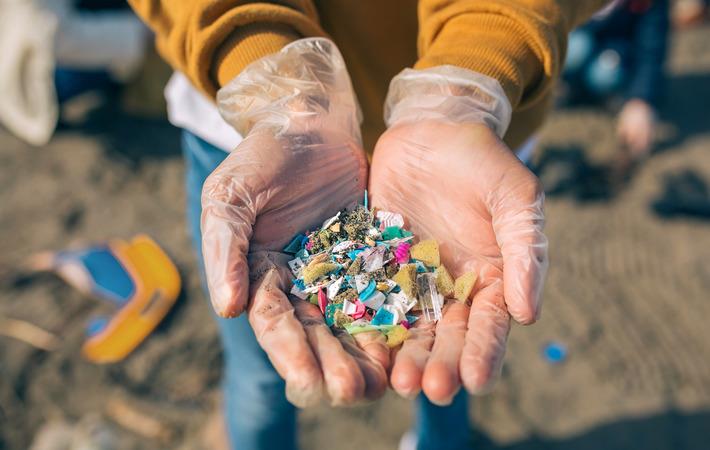Eurofins Softlines & Leather, a Luxembourg-based global service provider of quality assurance and control services for textile, leather & footwear industries, has published a white paper titled “Microplastics from textile sources - Understanding the characteristics of microplastics shedding from simulated domestic laundry through quantification.”
Eurofins Softlines & Leather, a Luxembourg-based global service provider of quality assurance and control services for textile, leather & footwear industries, has published a white paper titled “Microplastics from textile sources - Understanding the characteristics of microplastics shedding from simulated domestic laundry through quantification.”#
Mircoplastics, referred to as particles of plastic smaller than 5mm, have become a controversial topic in recent years as more and more scientific researches expose the potential risks of microplastics to the human body, the ecosystem and the environment. Researches by different institutes and organisations have indicated that the quantity of microplastics discovered in water bodies as well as human bodies is rising.
Eurofins Softlines & Leather, a Luxembourg-based global service provider of quality assurance and control services for textile, leather & footwear industries, has published a white paper titled “Microplastics from textile sources - Understanding the characteristics of microplastics shedding from simulated domestic laundry through quantification.”#
Shedding of microplastics from synthetic textiles during domestic laundry has been identified, in a study, as a key source of the primary microplastics found in oceans. However, given the lack of industry standards and regulation on textile-related microplastics release, it is challenging for the industry to measure its real impact and look for meaningful solutions.
Eurofins Softlines & Leather, a Luxembourg-based global service provider of quality assurance and control services for textile, leather & footwear industries, has published a white paper titled “Microplastics from textile sources - Understanding the characteristics of microplastics shedding from simulated domestic laundry through quantification.”#
Eurofins Softlines & Leather has developed an offering that assesses microplasticsshedding quantification from textile products during simulated domestic laundry. Samples undergo simulated domestic washing (from single wash to multiple wash) in a controlled environment. Liquid is filtered to collect residue for analysis.
Eurofins Softlines & Leather, a Luxembourg-based global service provider of quality assurance and control services for textile, leather & footwear industries, has published a white paper titled “Microplastics from textile sources - Understanding the characteristics of microplastics shedding from simulated domestic laundry through quantification.”#
Based on close to 600 samples assessed from this offering, Eurofins Softlines & Leather publishes this White Paper sharing analysis with the industry in the hope of supporting the development of impactful solutions to this microscopic challenge.
Eurofins Softlines & Leather, a Luxembourg-based global service provider of quality assurance and control services for textile, leather & footwear industries, has published a white paper titled “Microplastics from textile sources - Understanding the characteristics of microplastics shedding from simulated domestic laundry through quantification.”#
Highlights of the findings include: fabrics and garments which are made with yarns containing fibres of longer lengths shed less particles into water; when comparing fabrics of the same composition and with similar weight, it cannot be concluded yet that the construction of the fabric directly results in a larger volume of microplastics being shed; and the results show that the length of fibres shed in higher quantities are those that are between 0.45 µm and below 50 µm in measurement. These fibres are produced from one to ten washing cycles.
Fibre2Fashion News Desk (JL)
